Row Covers For Garden Plants - How To Use Floating Row Covers In The Garden
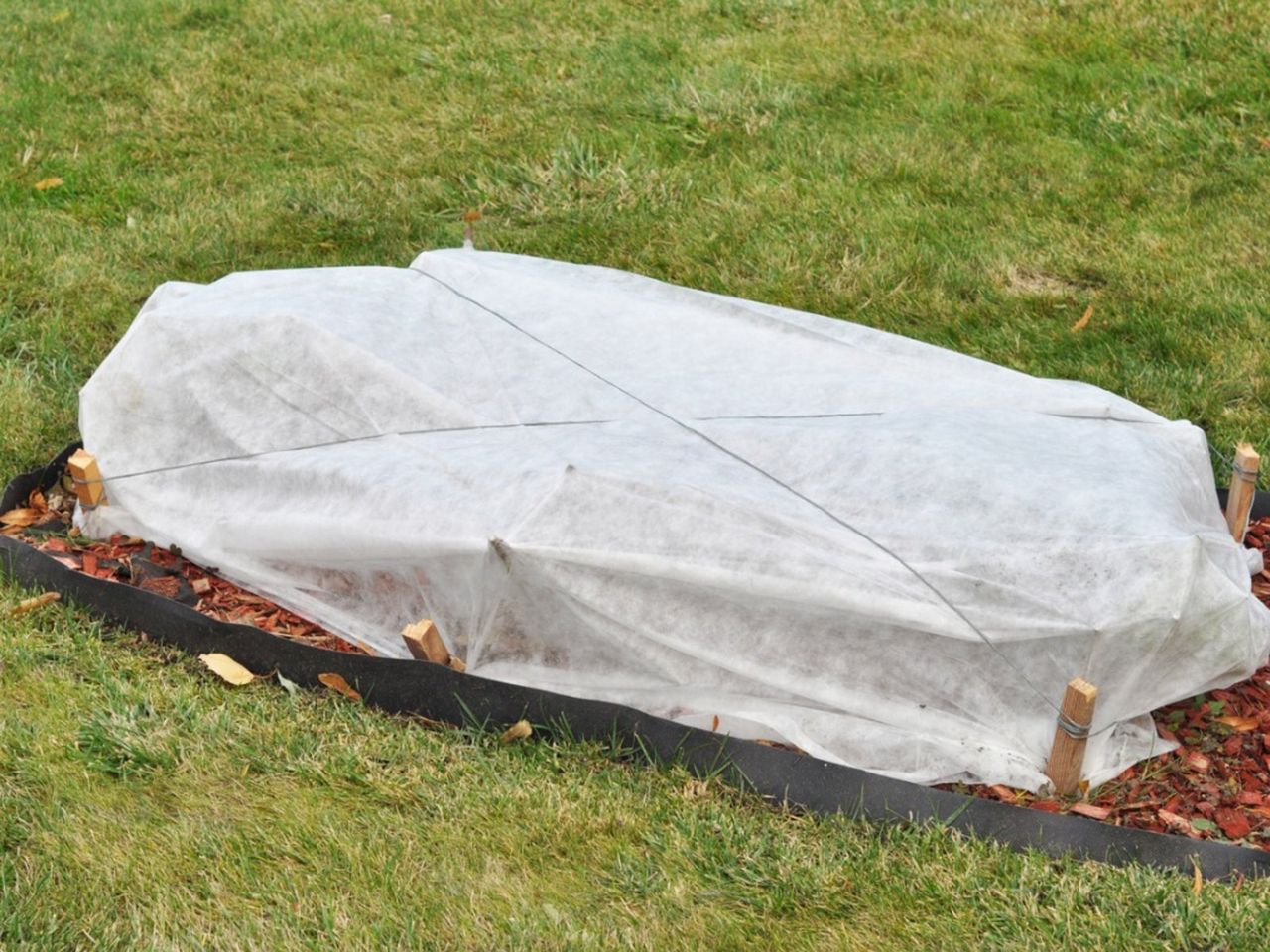
Using row covers for garden plants is a great way to protect your prized plants from damaging cold or pests. Some of the best row covers include the floating garden row covers, which are lightweight and easy to use. You can also create homemade row covers for garden plants. Let's learn more about how to use floating row covers to protect your plants.
What are Floating Row Covers for Gardens?
The use of garden row covers has increased in the last decade in the commercial and home garden. The best row covers for your garden depends on what you are using the row covers for. Some people use row covers exclusively for pest protection while others use them for frost protection or water irrigation. Floating row covers are made of very lightweight woven material that allows light and water to penetrate, but provides protection against sudden drops in temperature common in many growing regions.
How to Use Floating Row Covers
Giving cool season vegetables such as spinach, broccoli, cabbage, cauliflower, peas, lettuce, and radishes a head start on the season is easy when you use row covers for garden plants. Floating row covers grab the sun's heat and cause the soil to warm up an extra one to three degrees. Installing row covers is extremely easy. Since the material is so light, it does not damage plants but floats on top of them. Lay the fabric over the plants and secure it with anchor pins or pieces of two-by-four lumber. Keeping the edges securely anchored is important, as it will deter flying pests and worms, as well as birds and squirrels.
Homemade Row Covers
Gardeners wishing to save a little extra on their garden budget might consider making their own floating row covers and making homemade row covers is easy to do. Measure the size of the bed you wish to cover. Fashion arched supports out of PVC piping that are wide enough and just tall enough to cover your garden plants. Use a small piece of rebar for support at each end of the PVC pipe hoops. Cover the hoops with the fabric of your choice. You can use sheer curtains, shade cloth, or purchase row cover material. Be sure to secure the sides using anchor pins or pieces of lumber.
Gardening tips, videos, info and more delivered right to your inbox!
Sign up for the Gardening Know How newsletter today and receive a free copy of our e-book "How to Grow Delicious Tomatoes".
-
 Best Tomatoes For Containers: 10 Tastiest Varieties For Plentiful Produce In Compact Areas
Best Tomatoes For Containers: 10 Tastiest Varieties For Plentiful Produce In Compact AreasThese are the best tomatoes for containers that prove you don't need to have a large space or elaborate garden to grow delicious produce.
By Bonnie L. Grant
-
 Ultimate Potted Flowers For Spring: 8 Brilliant Blooming Options for Spring Containers
Ultimate Potted Flowers For Spring: 8 Brilliant Blooming Options for Spring ContainersCelebrate the most uplifting of seasons with the most dazzling container flowers imaginable. Here, we present some of the loveliest potted flowers for spring…
By Tonya Barnett
-
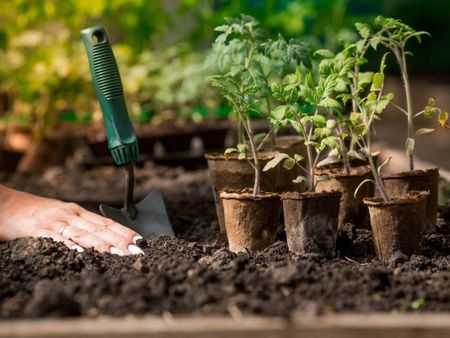 How Many Vegetables To Plant Per Person For A Year
How Many Vegetables To Plant Per Person For A YearGauging how much to plant in a vegetable garden can eliminate waste while still producing enough for your family. Click for more.
By Bonnie L. Grant
-
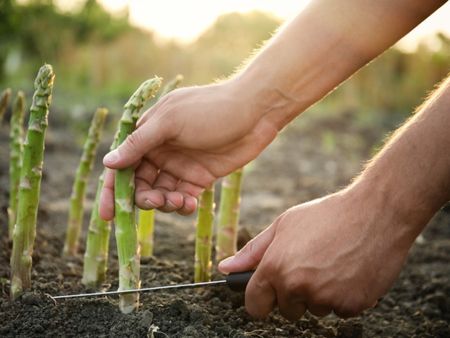 13 Perennial Fruits And Vegetables You Only Have To Plant Once
13 Perennial Fruits And Vegetables You Only Have To Plant OnceLooking to set it and forget it? Find out which fruits and vegetables can be grown as perennials.
By Laura Miller
-
 11 Edible Plants For A Year-Round Garden In A Bucket
11 Edible Plants For A Year-Round Garden In A BucketWant to know how to grow food inside your house and which foods do best indoors? Click here to learn all about it.
By Bonnie L. Grant
-
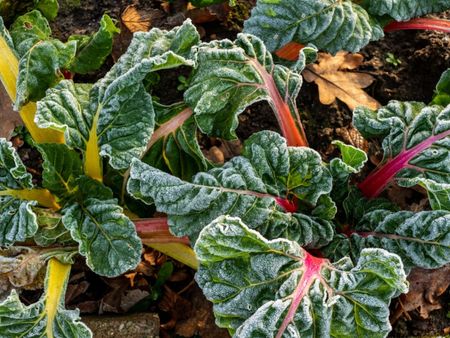 Frost Tolerance Of Vegetables From Least To Most Hardy
Frost Tolerance Of Vegetables From Least To Most HardyHow cold can vegetables tolerate? Knowing which veggies will survive frosts and freezes is essential for the success of your garden. Click here for more.
By Laura Miller
-
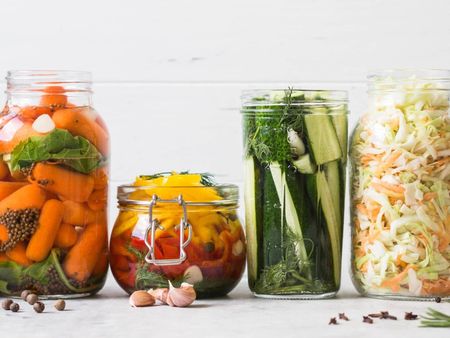 Best Vegetables To Pickle Straight From The Garden
Best Vegetables To Pickle Straight From The GardenPickles aren’t limited to just cucumbers. Read on for tips on pickling your fresh veggies.
By Amy Grant
-
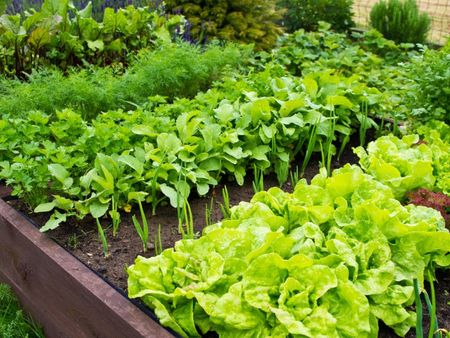 Benefits Of Planting In Fall Vs. Spring Vegetable Plots
Benefits Of Planting In Fall Vs. Spring Vegetable PlotsLearn why some vegetables do better if you plant them in fall instead of spring.
By Laura Miller
-
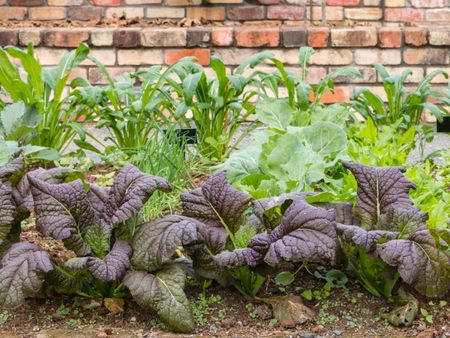 Interplanting Vegetables In The Fall Garden
Interplanting Vegetables In The Fall GardenLearn all about the benefits of interplanting vegetables for your fall garden.
By Laura Miller
-
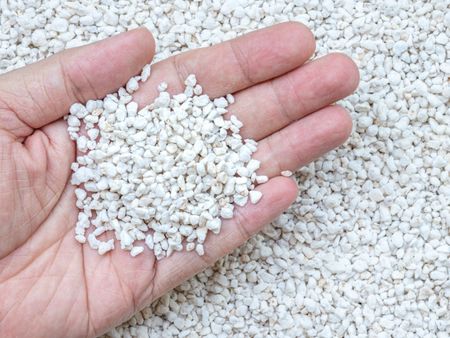 Best Vegetables For Growing In Perlite
Best Vegetables For Growing In PerlitePerlite is a natural growing medium that comes from super-heated volcanic glass. In some cases, it works better than soil. Read on for more info.
By Laura Miller